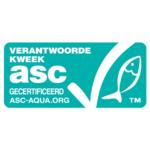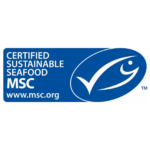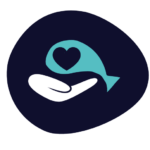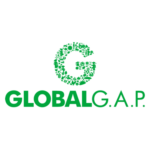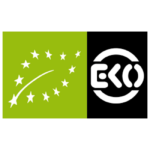Common Bream
Skagerrak, Kattegat, Sound, Belt, Baltic Sea (FAO 27)
Anchored gillnets, Fykes
- Jan
- Feb
- Mar
- Apr
- May
- Jun
- Jul
- Aug
- Sep
- Oct
- Nov
- Dec
The coastal stockStock:
The fish of a particular species reproducing in the same area in the same period. of freshwater bream around Sweden is at sustainableSustainable:
Meeting the needs of current generations without compromising opportunities for future generations. This also allows future generations to benefit from the same needs. levels. The biomassBiomass:
Biomass is the mass (weight) of living organisms in an area or ecosystem at the time. of this species is increasing and the level of fishing activity is very low.
Although these fisheries are not likely to cause significant damage to other species due to low levels of fishing activity, bycatchBycatch:
Species caught next to species targeted for fishery. By-catches can consist of non-commercial species and species that are too small, and can be kept (this part is sometimes called by-product) or thrown back into the sea (discards). of harbour porpoise has been recorded in fisheries with anchoredanchored gillnets:
A fishing technique whereby passing fish become tangled up in a net with their gills (also known as a gillnet), which is vertically standing on the bottom. gillnets. Both fykesfykes:
A fishing technique where fish are attracted into a fyke. Fykes are pots or traps made of, for example, wire mesh. and demersal gillnets generally have a limited impact on benthic habitats and species.
There are no specific management measuresManagement measures:
For fisheries, management measures can affect the amount of fish that can be caught, the type of gear that can be used and where fishing is and is not allowed. for this stock. Monitoring of this species is included in the HELCOM program of monitoring the status of coastal fish communities in the Baltic Sea. Management of this species is partially effective.
